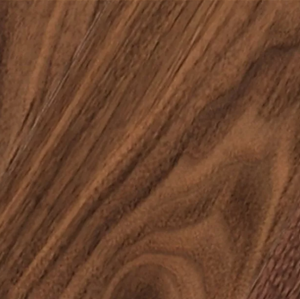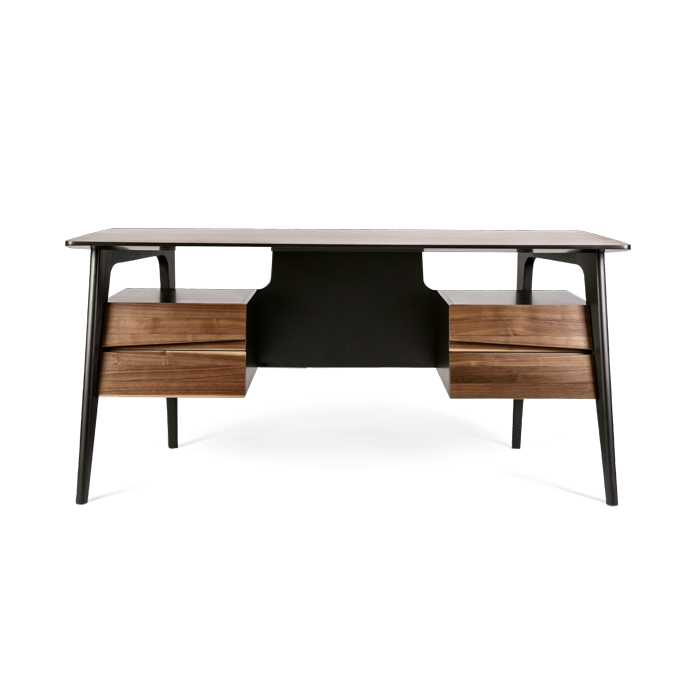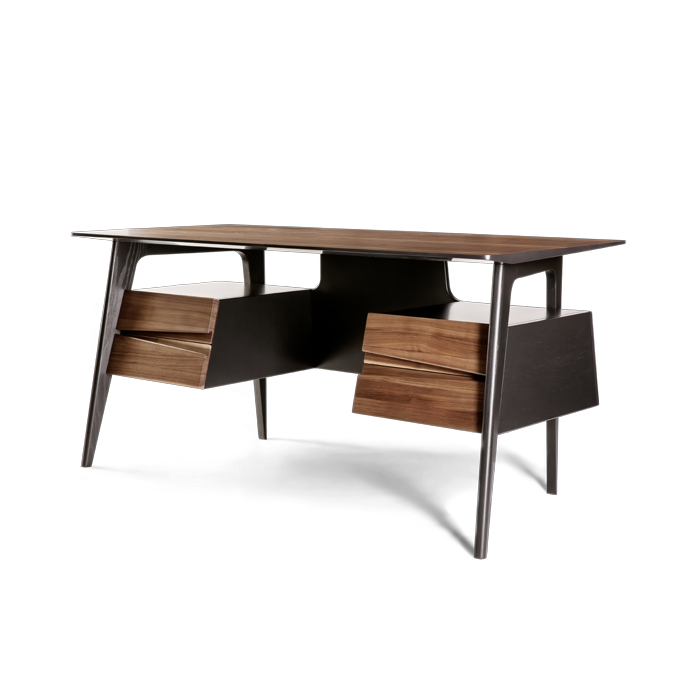Table Gio
The writing desk Gio is designed as if it makes itself known by its mere presence, at the same time inviting to communication, but still highlighting its status. Thanks to its rounded shapes and elegant design, it creates a strict but loyal look. The table is maximally open for the owner, while drawing a certain border with the outside world, creating a secluded atmosphere for work and creativity. The supports are made of strong and durable ash tree, the facades are made of American walnut or European oak, depending on the chosen finishing. The silky finishing of the tabletop gives a warm tactile feeling, which is especially nice when sitting at the table for a long time.


The writing desk Gio is an homage to the contribution of Gio Ponti from the lead designer of Unika Sergey Gravchikov. Gio is often called the father of Italian design: he created many iconic pieces for the interior and wrote more than 600 works on design and architecture.
His influence can be traced in the silhouette of the table: in the hidden milled handles, in the legs, thinned towards the bottom, in the difference in thicknesses and other details.
The object is built on complex and curvilinear forms with almost no straight lines, which creates a loyal image with a general external severity. The technique with thinning of the tabletop edge with its solid thickness in the middle allows to create a visually dynamic and light silhouette, while maintaining the reliability and solidity of the structure.
The image of the object is an attempt to interpret Gio Ponti's style in a modern way. We were interested in thinking about what Joe's table would look like today. During development, we analyzed the archetypal nature of his characteristic techniques in order to create a piece of furniture imbued with the spirit of the era of the great master.
We added small radii and rounded volumes to the initially rather strict silhouette, which do not functionally reduce the working area, but give it an image of restraint and harmony.
It was also important for us that the object could be placed in the center of the space, thereby zoning it. While we were working out the design, we focused on the apron, which performs several functions. On the one hand, it distributes the weight load of the tabletop on the supports. On the other hand, it works as a screen separating the personal space of a person working at a table.
The diagonal direction of the "bird" veneer and the rounded transitions to the central support of the tabletop visually reduce the length of the apron design, making it lighter.
The milled handles on the drawers highlight the flowing of the texture of the material which they are made of. The inclination of the facades is turned towards the owner of the table, thus inviting to interaction. The upper space between the storage area and the tabletop allows you to place papers, documents and other things there, so the tabletop surface wouldn’t be cluttered up.








